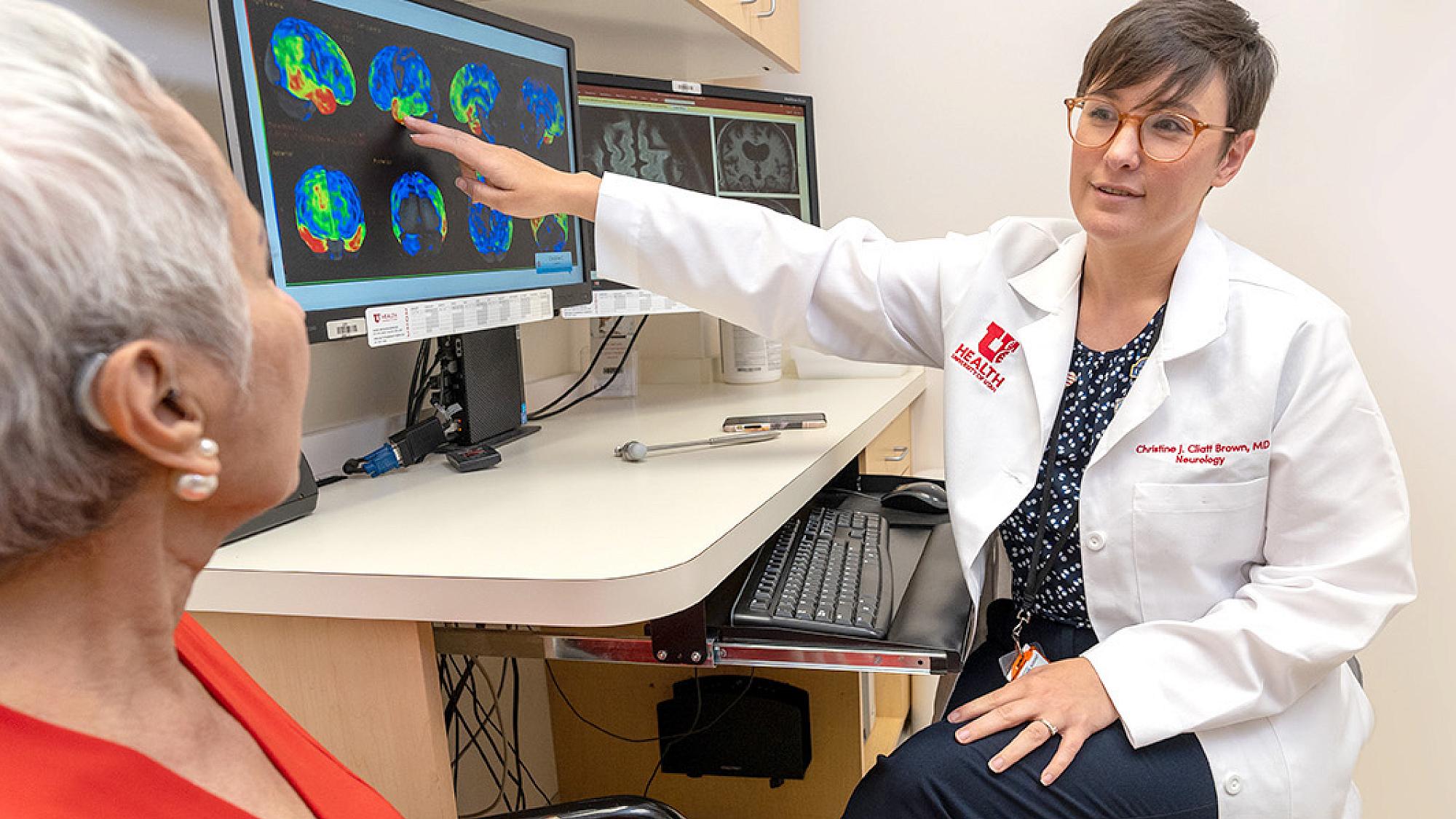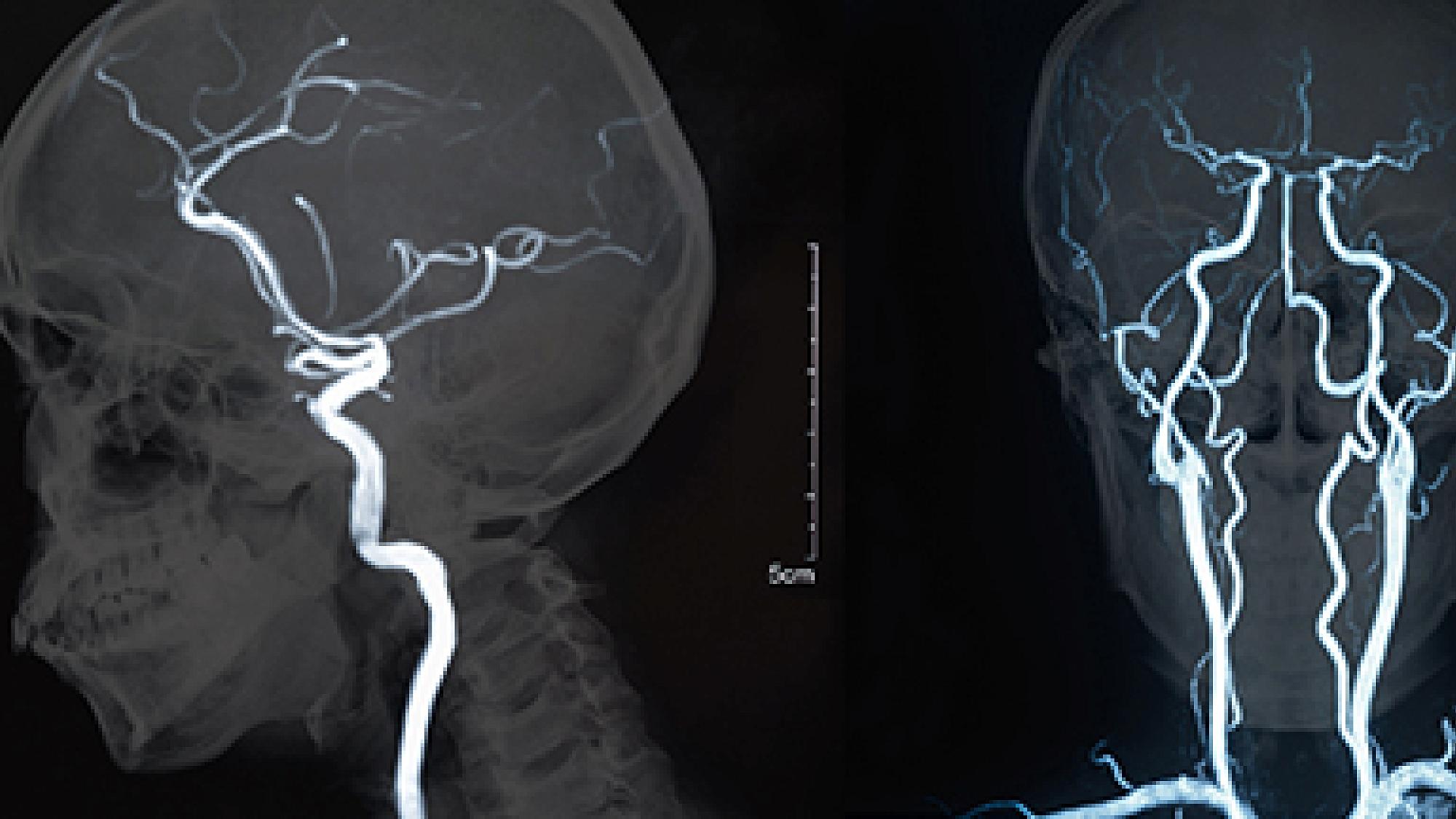
Reduce Your Risk for Stroke: Monitor Your Blood Pressure
What Is High Blood Pressure?
The definition of high blood pressure is a systolic pressure, or top number, of 130 or higher, or diastolic pressure of 80 or higher. When blood pressure rises above 120 systolic (top number) even if diastolic pressure (bottom number) remains below 80, we define it as high blood pressure and we advise our patients to make lifestyle changes.
If the diastolic number is 130, we may recommend blood pressure-lowering medication depending on a person’s risk level. For a level of 140/90 we recommend medication regardless of risk.
To do: Know your BP goal and work with your doctor to obtain it.
How to Prepare for a Blood Pressure Reading
- Do not smoke, drink alcohol, or caffeine for 30 minutes prior to the reading.
- Wear short sleeves so your arm is exposed.
- Remove all tight fitted clothing.
- Use the restroom prior to the reading. A full bladder can alter your blood pressure.
- Sit still for five minutes with your back supported and your feet flat on the ground.
- Rest your arm on a table, level with your heart.
- Do not talk during test.
How to Take Your Blood Pressure (BP)
- Place the cuff around your upper armso it fits snug, but not too tight. The bottom edge of the cuff should be approximately half an inch above the elbow.
- Relax your arm on the table with your palm upward, level with your heart.
- Inflate the cuff.
- Take two readings initiallyusing the same arm (at least 60 seconds apart).
- Repeat on the other arm, recording the higher BP measurement.
Equipment You Need
- Chair and table
- Blood pressure cuff
*Use UPPER ARM CUFFS only (automatic machines should be “AAMI” or “BHS” certified)
Timeline for Taking Your BP When Starting or Changing Medications or Doses
- Check and record your BP daily for the first four weeks.
- During the first five days, check your BP twice in the AM and twice in the PM (with 60 seconds of rest in between).
- See your doctor, bringing with you these BP values to your visit.
High Blood Pressure Treatment
- Be physically active, including aerobic and resistance exercises for 90-150 min a week (use stairs, park farther from doors, and the like).
- Eat a healthy diet rich in vegetables, fruits, whole grains, and low-fat dairy products.
- Reduce your weight; an ideal weight is best but at least 2 lbs reduction in body weight in adults who are overweight.
- Reduce your salt intake.
- Reduce your alcohol intake to no more than two drinks/day for men and one drink/day for women
- Take blood pressure medication as prescribed by your doctor.
- Do not stop your BP medication without consulting your doctor.
Information taken from Hypertension 2007 Public Recommendations, Revised 08/31/2009 & AHA Scientific Statements/Guidelines, 11/13/2017
Resources for Our Patients
Should You See a Neurologist?
Are you experiencing headaches, chronic pain, or dizziness? These are some of the symptoms a neurologist can advise you on.
What Are the Signs of a Stroke?
Stroke is the fourth-leading cause of death in the United States and a leading cause of disability. Know these warning signs and get help--every second counts.




